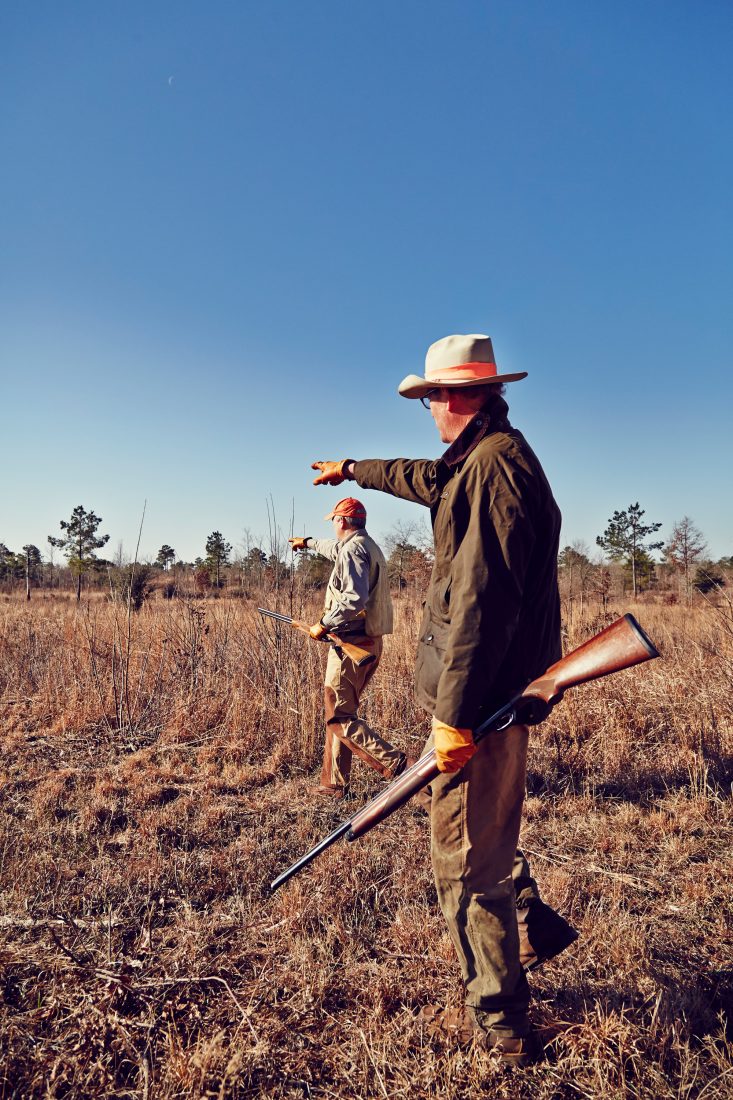Pineland’s success, Toddy Smith insists, “isn’t because we’re any smarter than anyone else. We’ve just been at it a long time, and we’ve listened to a lot of smart people, and we’ve made all the mistakes.” For example: At one point, the partners thought they needed more edge habitat, where two different kinds of vegetation meet, so they planted pine strips along and through fields. “They were great for about four years,” Smith recalls. “Then they grew too thick. Complete waste of time.” Heavy disking to knock hardwoods back definitely kept shrubs at bay but depressed the growth of all the good grasses and forbs, as well. For a while, the partners thought they needed to grow food for quail, but the deer mowed down the sorghum patches. Then there were the years when plans called for fire alone to control hardwood encroachment on grasslands. That didn’t work, either. Today, Pineland’s formula rests on four principles.
-
1. Plant Brood Patches
“To have quail, you have to grow quail,” Smith says, “and this is where it starts.” A product of research at Tall Timbers, brood patches are two- to five-acre plots of partridge pea and ragweed that provide habitat for the protein-rich insects that young quail require. The Tall Timbers prescription is that something on the order of 15 percent of the farm’s land base should be managed as brood patches.
-
2. Burn Regularly
On average, every Pineland acre is burned with prescribed fire every other year. That clears young hardwoods and allows a flush of seed- and insect-laden grasslands and brambles to thrive. Sweet gum, maple, and other woody pioneers are persistent, however. Keeping them in check requires herbicide applications, as well.
-
3. Provide Feed
Pineland has moved from “patch” feeding, in which grain was placed at certain covers—briar patches, lespedeza plots—to a “feed line,” in which grain sorghum is spread in a more or less continuous line. That makes birds circulate and move around to get food, which means more opportunities for bird dogs to lock up with quail scent. Birds are fed year-round.
-
4. Control Predators
With the land kept relatively open, and numbers of quail, turkeys, rabbits, and other grassland-loving species on the rise, egg predator numbers skyrocket. Predator control is a piece of the puzzle. “The more the better, and as much as you can afford,” figures Stidham. “Do as much as you can, but do something.”









